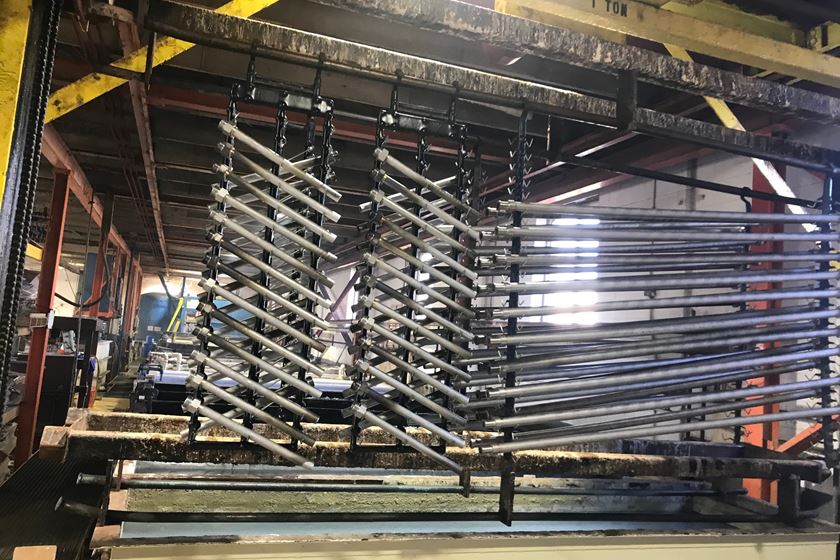EPA Scraps “Waters of the US” Rule and Intends to Propose Refined Definition
EPA signed a proposed rule to scrap the Trump-era WOTUS rule and replace it with pre-2015 regulations until it can develop a new revised WOTUS rule.
#nasf #regulation
On November 18, 2021 EPA and the Army Corps of Engineers, signed a proposed rule that would scrap the Trump-era Navigable Waters Protection Rule (NWPR), and replace it with more restrictive pre-2015 rules. The Trump Administration repealed the 2015 Waters of the United States (WOTUS) rule in 2019, and in June 2020, replaced it with the new NWPR that narrowed the definition of WOTUS that were subject to federal authority under the Clean Water Act. The NWPR was the subject of substantial legal challenges and recent federal court rulings vacated the Trump-era rule.
This recent action to scrap the NMPR is the next step to solidify the rules of the road for a stable implementation of WOTUS while the agencies continue to consult with stakeholders to refine the definition of WOTUS in both implementation and future regulatory actions. EPA chief, Michael Regan, noted that “whiplash” from shifting definitions of WOTUS has created uncertainty and that EPA is continuing outreach to find a definition that protects public health and the environment, including downstream communities, while supporting agriculture and other industries reliant on clean water.
Earlier this year Reagan said that EPA does not intend to simply pull the Obama-rule off the shelf after the agency has learned so much over the years. Changes to the rule are anticipated because Regan that EPA officials have learned lessons from both versions of the rule, have seen complexities in both approaches, and have determined that both rules did not necessarily listen to the will of the regulated community and public interests.
EPA’s action decision drew a partisan response, with Republicans warning the rule would frustrate infrastructure and Democrats stating that the proposal paves the way to develop a definition that provides certainty and better protects our nation’s precious waters and wetlands, while also supporting economic opportunity and industries that depend on clean water.
It is not clear yet when EPA will release a new definition for what constitutes a “water of the U.S.,” and which wetlands and streams will be protected under the rule. It is likely that the new WOTUS rule will more closely resemble the 2015 Obama WOTUS rule compared to the 2020 Trump WOTUS rule.
The proposal is open to public comment for 60 days upon being published in the Federal Register. More information on WOTUS and recent regulatory action is available on the EPA website at www.epa.gov/wotus. If you have any questions or would like additional information about the WOTUS rule development process, please contact Jeff Hannapel at jhannapel@thepolicygroup.com.
This update is courtesy of the National Association for Surface Finishing (NASF). For more information or to become a member, visit nasf.org.
RELATED CONTENT
-
Cyanide-Free Electroplating of Cu-Sn Alloys
This paper is a peer-reviewed and edited version of a presentation delivered at NASF SUR/FIN 2012 in Las Vegas, Nev., on June 13, 2012.
-
PFAS and the Surface Finishing Industry
NASF and its member companies have a long history of environmental stewardship, especially when it comes to PFAS.
-
Plastics and Plating on Plastics [1944]
This republished 1944 AES convention paper presents an historic perspective of the early days of plastics in surface finishing - using them and plating on them, in the waning years of World War II. The discussion reviews the uses of plastics in plating equipment and processing at that time, as well as the coating of the plastics themselves, with accompanying application photos. You will note that today’s conventional plating-on-plastics processes lay far in the future. Surprisingly, CVD processes are discussed.















